8 Wild Dogs Of North America (And They Are Not Wolves)
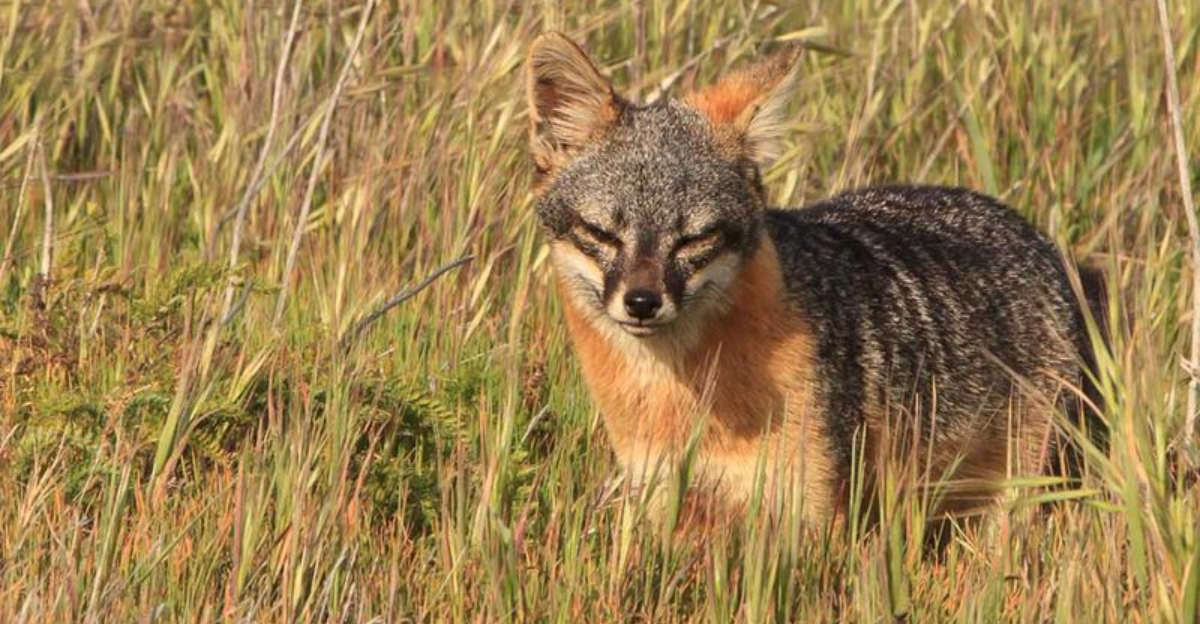
North America is home to fascinating wild canine species beyond the well-known wolf. These adaptable animals have carved out unique ecological niches across the continent’s diverse landscapes.
From forests to deserts, mountains to islands, these wild dogs demonstrate remarkable survival skills and play crucial roles in their ecosystems.
1. Red Fox

Flame-colored tricksters of the forest, red foxes are masters of adaptation. Their incredible hearing can detect rodents moving under snow or soil with pinpoint accuracy.
These omnivorous hunters consume everything from mice and rabbits to berries and insects. Unlike many canids, red foxes often hunt alone, using their signature pouncing technique to capture prey hiding beneath the surface.
2. Coyote
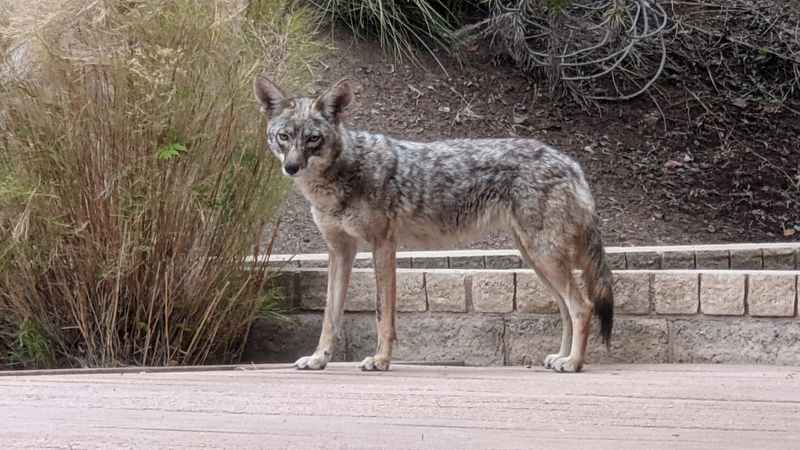
Urban survivors with remarkable intelligence, coyotes have expanded their range while other predators declined. Originally prairie dwellers, they now thrive in cities, adapting their diet and behavior to human landscapes.
Family-oriented and resourceful, these medium-sized canids form strong pair bonds. Their distinctive yipping howls echo through suburbs and wilderness alike, announcing their resilient presence across the continent.
3. Kit Fox

Desert specialists with oversized ears, kit foxes radiate charm despite their harsh habitat. Those large ears serve dual purposes – exceptional hearing for hunting and built-in cooling systems for scorching temperatures.
Among North America’s smallest canids, they create elaborate underground dens with multiple entrances for escape. Their pale coats reflect sunlight while their furry paws protect against burning sand as they hunt nocturnal rodents.
4. Gray Fox
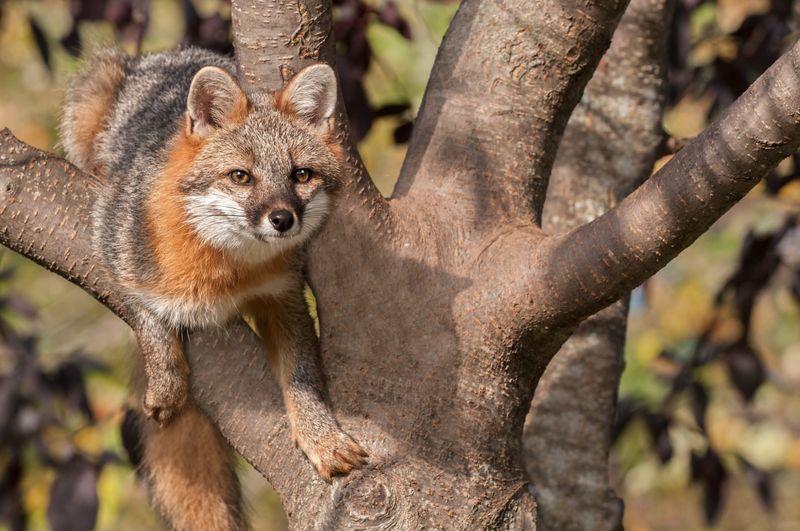
Tree-climbing champions among North American canids, gray foxes possess hooked claws that help them scale trunks with surprising agility. This unique adaptation allows them to escape predators and access food sources unavailable to ground-dwelling competitors.
Salt-and-pepper coats with rusty undertones provide excellent camouflage in diverse habitats. These omnivorous opportunists balance their diet between small mammals, birds, insects, and seasonal fruits.
5. Swift Fox

Prairie speedsters living life in fast-forward, swift foxes can reach 30 mph when chasing grasshoppers or fleeing danger. Their compact bodies and sandy coloration blend perfectly with shortgrass prairie landscapes.
Once nearly extinct due to predator control programs, conservation efforts have helped populations rebound. These social canids form monogamous pairs and share underground dens featuring complex tunnel systems that protect against extreme weather and predators.
6. Arctic Fox
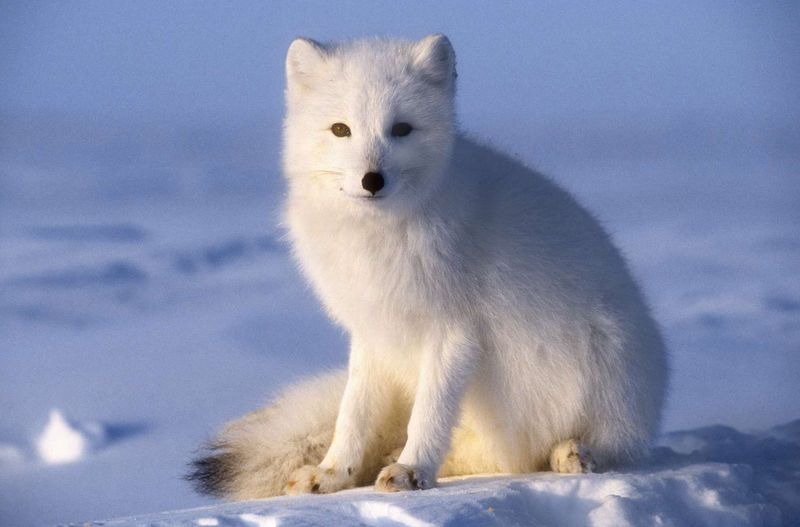
Cold-weather specialists with remarkable seasonal transformations, Arctic foxes shift from snow-white winter coats to brown-gray summer pelage. Their compact bodies, furry paws, and short ears minimize heat loss in freezing temperatures.
Masters of energy conservation, they follow polar bears to scavenge leftovers and cache extra food for lean times. These hardy survivors can withstand temperatures of -50°F thanks to fur insulation and specialized circulation that prevents frostbite.
7. American Dingo
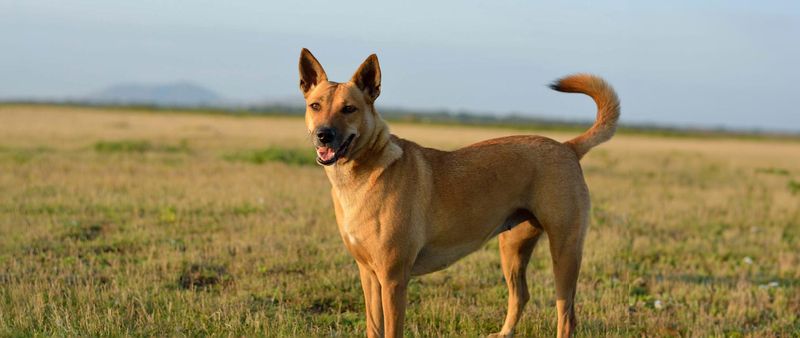
Mystery canids with ancient origins, Carolina Dogs (or American Dingoes) may represent one of North America’s oldest dog lineages. Their primitive features—almond eyes, fishhook tails, and pointed ears—resemble Australia’s wild dingoes and ancient pariah dogs.
Discovered living wild in southeastern swamps and forests, these independent pack animals demonstrate unique behaviors like den-digging and regurgitating food for pups. Genetic studies suggest they may have arrived with early human migrants.
8. Island Fox
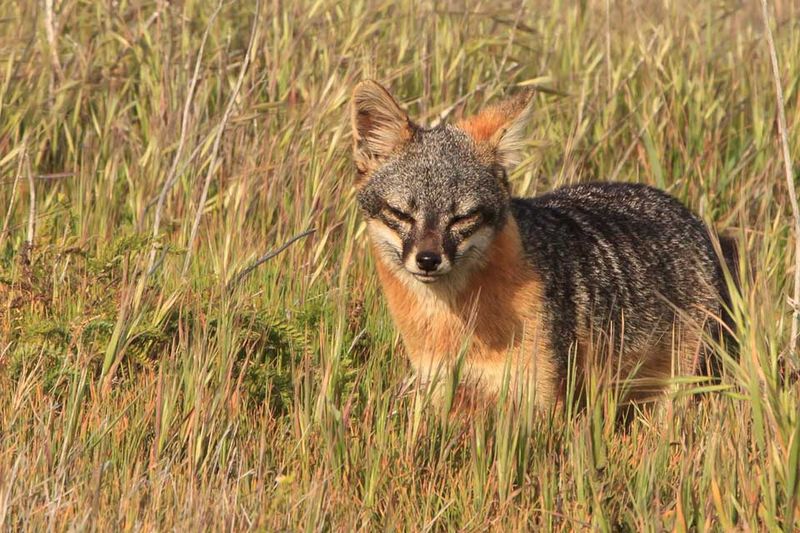
Miniature marvels of evolution, island foxes evolved from mainland gray foxes into six distinct subspecies across California’s Channel Islands. Their dramatic size reduction—about 70% smaller than their ancestors—occurred over just thousands of years.
Each island population developed unique traits based on local conditions. After nearly disappearing due to predation by golden eagles, intensive conservation efforts saved these charismatic foxes from extinction, marking one of America’s fastest endangered species recoveries.






